- Academics+
- Colleges & Institutes
- Undergraduate
- Graduate
- International Education
- FACULTY LISTINGS/SUPERVISORS INFORMATION
- College of Architecture and Civil Engineering
- College of Architecture and Urban Planning (CAUP)
- College of Art and Design
- College of Chemistry and Life Science
- College of Computer Science
- College of Economics and Management
- College of Environmental Science and Engineering
- College of Foreign Languages
- College of Marxism
- College of Materials Science and Engineering
- College of Mechanical and Energy Engineering
- College of Metropolitan Transportation
- School of Information Science and Technology
- School of Mathematics Statistics and Mechanics
- School of Physics and Optoelectronic Engineering
- School of Sociology
- Admission+
- Research+
- Global+
- Life @ BJUT+
- About+
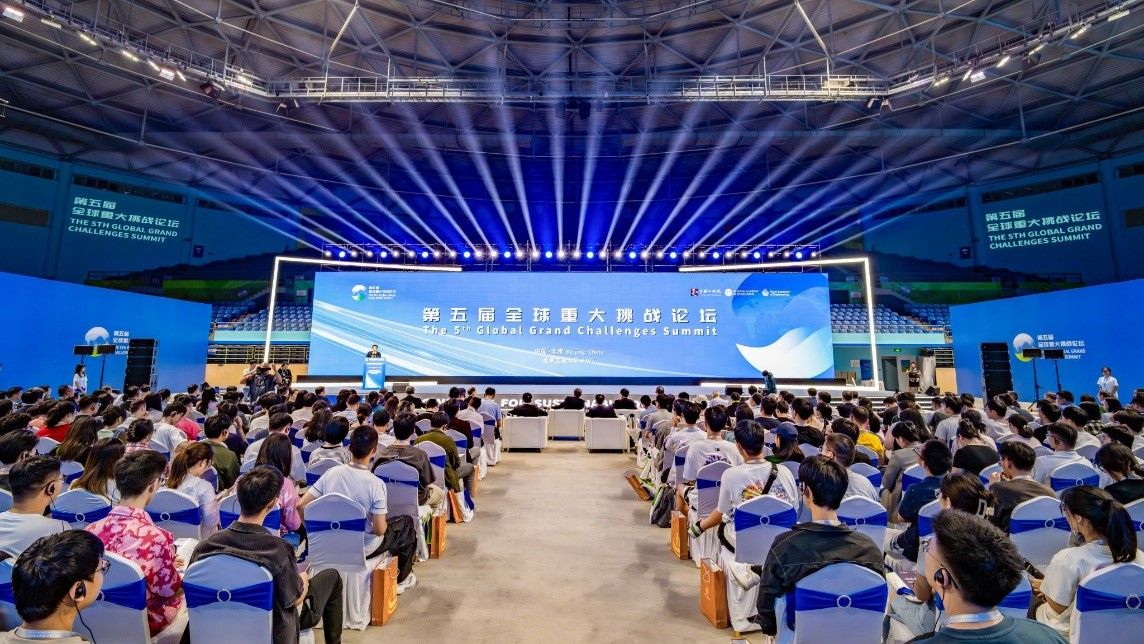
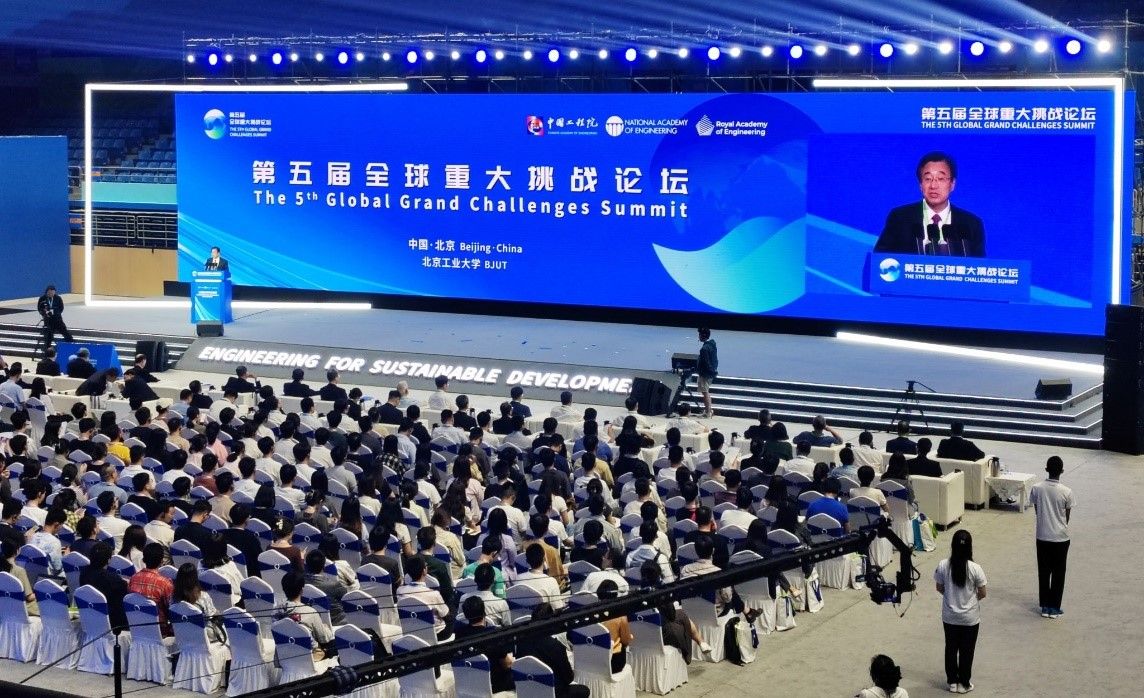
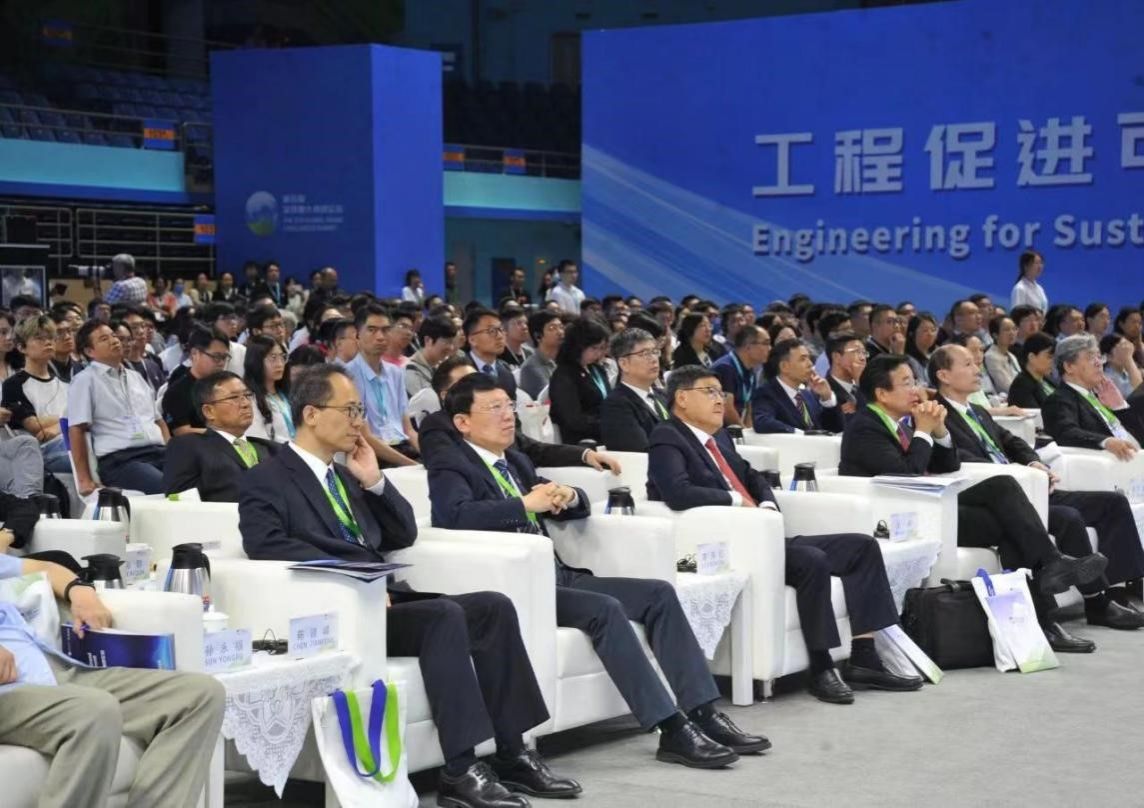
The 5thGlobal Grand Challenges Summit (GGCS) began on the evening of September 18th at the Beijing University of Technology's Olympic Stadium and lasted for three days. It was co-organized by the Chinese Academy of Engineering (CAE), the US National Academy of Engineering (NAE), and the Royal Academy of Engineering (RAEng), and was hosted by Beijing University of Technology (BJUT). As a top academic exchange platform, the forum is a model for global scientific and technological cooperation and exchange, and a bridge for scientific and technological cooperation between the three countries.
Under the theme "Engineering for Sustainable Development", the summit focused on three crucial topics: "Sustainable Infrastructure", "Engineering the Transition to Carbon Neutrality", and "Engineering Approaches to Digital Economy". Over 300 experts from China, the US, and the UK gathered both online and offline, and jointly explored the most pressing global challenges of the 21st century in conjunction with the United Nations' "Sustainable Development Goals". They explored current topics of major interest, cutting-edge theories, and interdisciplinary solutions, aiming to harness the power of engineering and technology in addressing these major challenges. The summit was attended by Jiang Zeting, Secretary of CPC BJUT Committee, Nie Zuoren, CAE Member and President of BJUT, as well as other members of the university leadership and representatives of faculties and students. The opening ceremony was moderated by Prof. Wang Chen, Vice President of CAE.
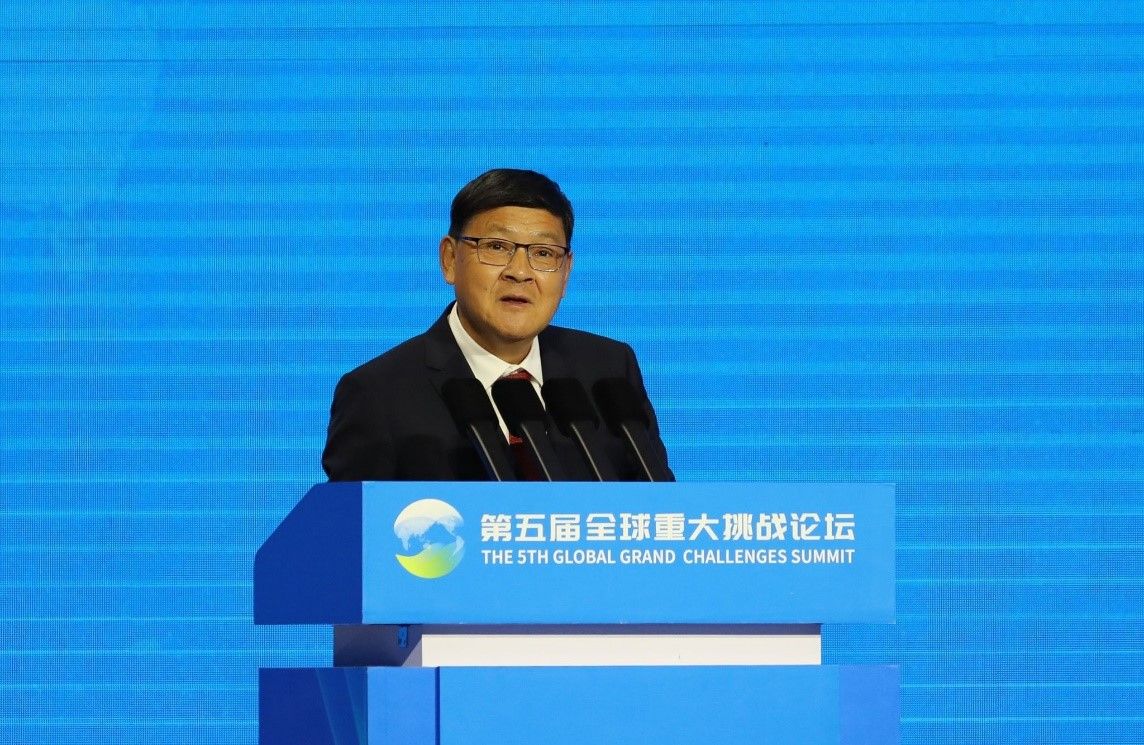
At the opening ceremony, Prof. Li Xiaohong, President of CAE, expressed his congratulations on the successful hosting of this forum, and extended warm greetings to experts and scholars from the engineering academies of China, the United States, and the United Kingdom who attended the event both in person and online. He underlined the obligation of the engineering sciences and technology community to achieve sustainable development, and expressed his belief that the summit would enable this community to contribute innovative solutions to challenges such as the difficulties involved in the "green" and low-carbon transitions, and the expanding digital divide. He emphasized the need to explore effective engineering and technological solutions through fostering deeper international collaboration, such as working even more closely with the NAE, the RAEng, and scholars worldwide. He also expressed the unwavering commitment of the CAE to harnessing the power of technology to promote the healthy development and enduring prosperity of the world, thereby ushering in a new era of high-quality development for humanity.
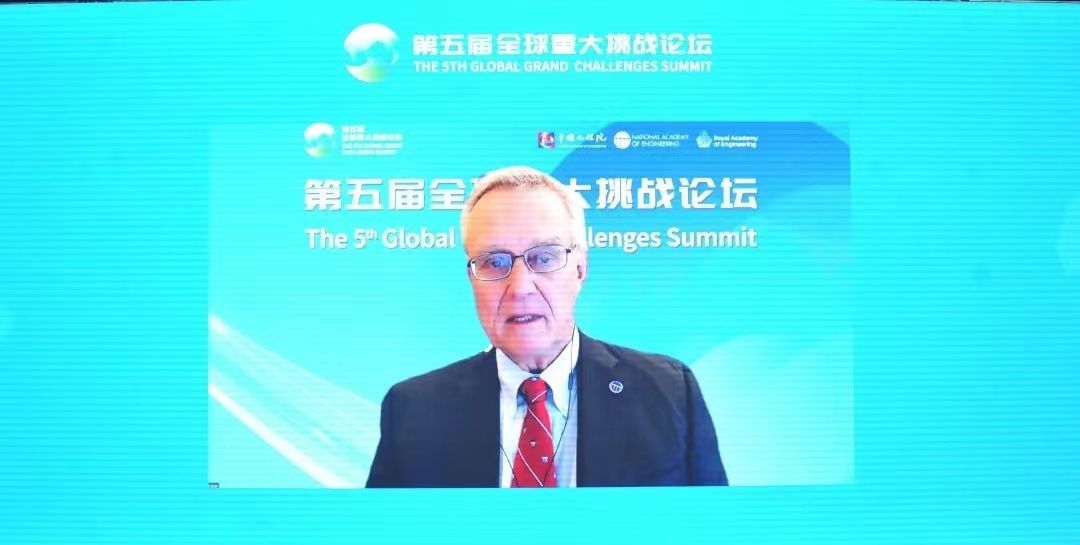
Prof. John Anderson, President of NAE, expressed in his opening remarks that the 5th GGCS marked the culmination of a decade of effort aimed at strengthening international cooperation in the field of engineering and solving global problems affecting mankind in a sustainable and equitable way. As global problems are constantly emerging, engineers from all over the world should take action, face changes, promote changes, and resolutely take the lead in achieving sustainable development on the basis of strengthened international cooperation. The Three Cs: creativity, collaboration, and commitment should be applied to engineering education and practice to build a resilient and sustainable future for the generations to come.
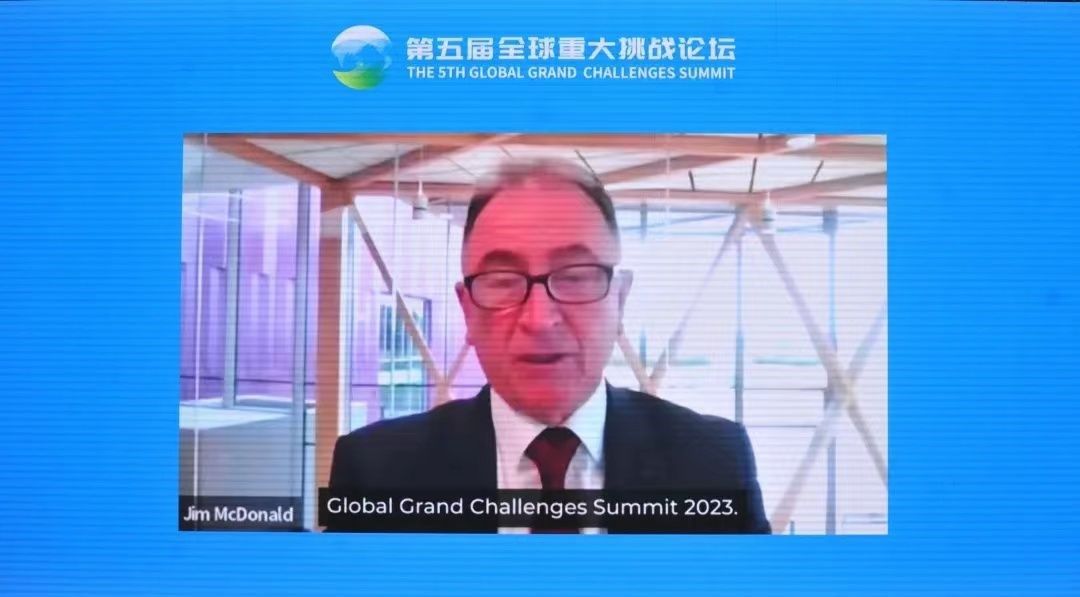
Sir Jim McDonald, President of RAEng, emphasized in his speech that the world looks very different now from how it did ten years ago, when the three academies met in London for the first time, and that engineers and engineering play a key role in building a better world. As national engineering academies, the CAE, NAE, and RAEng have the ability to ensure that technologies are applied in the best ways possible for the benefit of society worldwide. He stated that engineers must work together as much as possible, and that it is this which has been the true significance of the summit over the past decade. He also said that he looked forward to hearing from a number of great engineers across the summit program in the coming three days and sincerely hoped that cooperation between national academies of engineering would continue to make a vital contribution to the world around us.
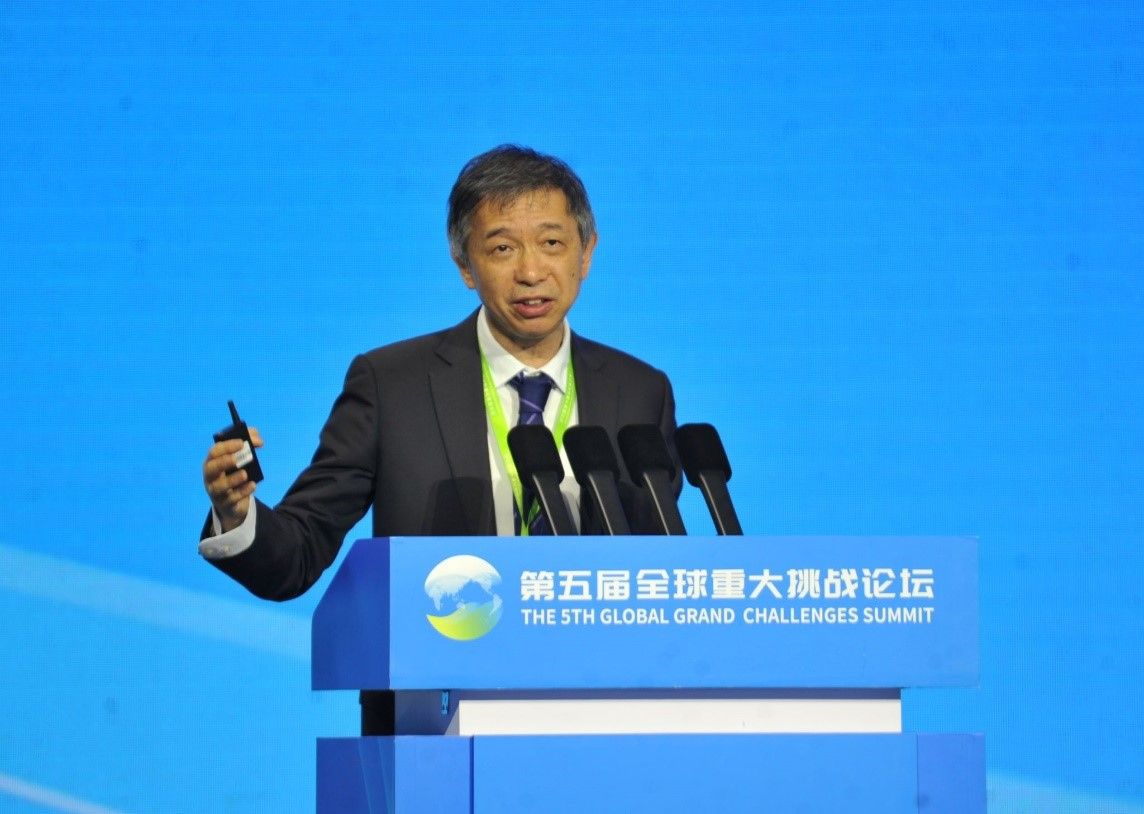
Prof. Wang Jian, CAE Member, founder of Alibaba Cloud, and President of Zhejiang Laboratory, delivered a special report, titled "Computer-driven Scientific Discovery and Technology Innovation". He described the continuous emergence of technological innovations since the 1950s, which have had the dual effect of improving people's lives while also increasing resource consumption and consequently escalating carbon dioxide emissions. Addressing the question of "How to reduce carbon emissions and achieve carbon neutrality?" he emphasized the need for the optimization of resource utilization and the reshaping of 21st Century cities through computer-driven innovation.
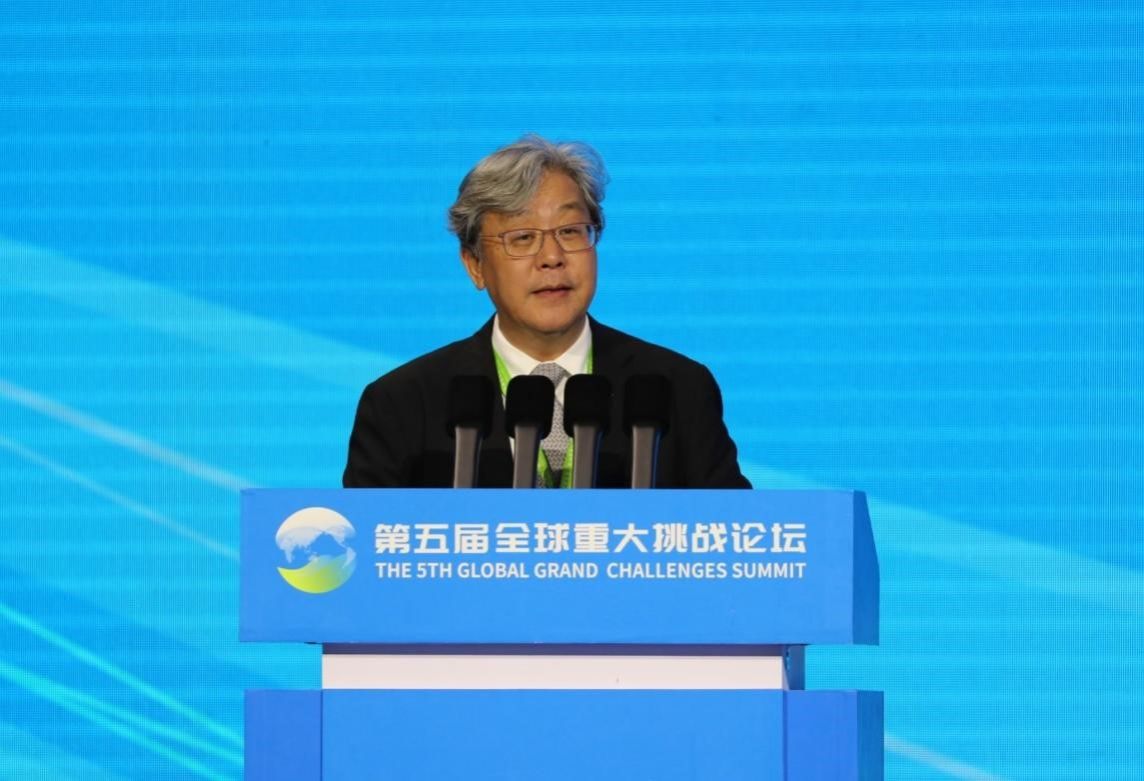
The opening ceremony was followed by Session I: "Engineering Methods for Sustainable Infrastructure", moderated by Mr. Wu Zhiqiang, CAE Member and a professor at Tongji University.
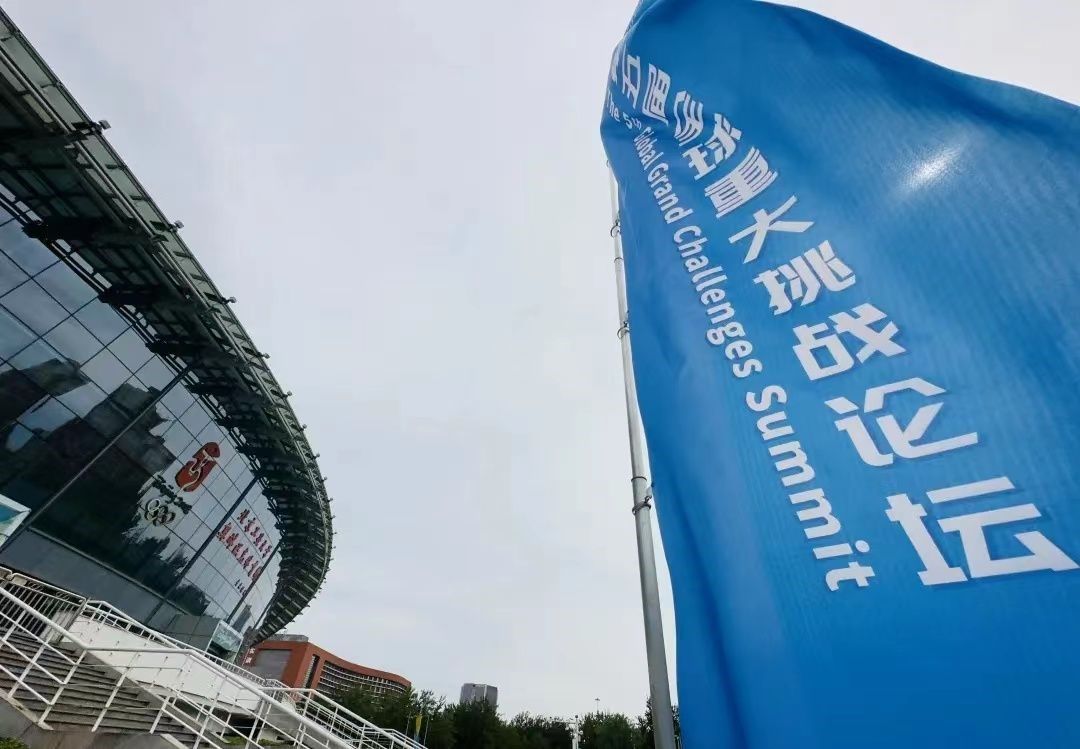
The GGCS, co-hosted on a rotating basis by the CAE, NAE, and RAEng, is a vital mechanism of exchanges between the engineering academies of China, the United States, and the United Kingdom. Since its inception in 2013, the summit has remained true to its original mission, that of striving to enhance collaboration in engineering and technology among the three countries and the world at large. It also focuses on leveraging engineering and technological advancements to tackle global challenges, and nurturing the next generation of globally-minded talented engineers. The holding of the five GGCS forums has not only fostered closer ties within the engineering and technological communities of the three countries, but has also offered substantial support in driving consensus-building and strengthening global collaboration in science and technology.




